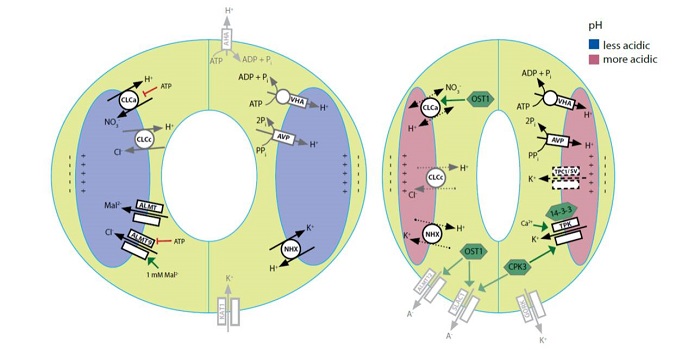
Update: Ion transport at the vacuole during stomatal movement
Plant Physiology, Plant Physiology: Updates, Plant Science Research Weekly, Research0 Comments
/
Gas exchange and transpiration are regulated by the stomatal aperture, which is itself regulated by the changes in volume of the guard cells that overlay the stomatal pore. When triggered to open, solutes such as K+ and Cl– enter the guard cell through ion transporters, followed osmotically by water;…
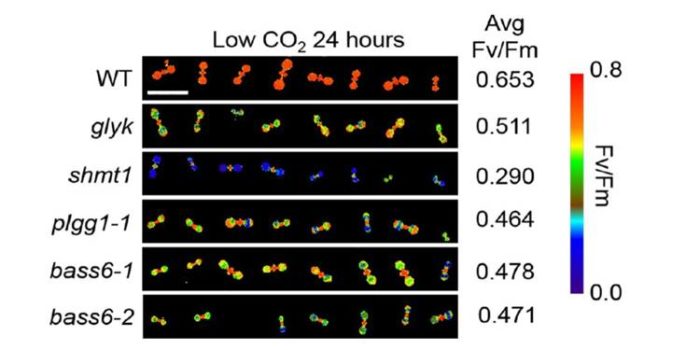
A chloroplast envelope glycolate transporter and its involvement in photorespiratory metabolism
Plant Science Research Weekly, ResearchIn C3 plants at ambient CO2 levels, Rubisco’s oxygenation reaction occurs about once for every three carboxylation reactions. One of the oxygenation products, 2-phosphoglycolate, is rapidly dephosphorylated to glycolate which is toxic and inhibitory to photosynthesis. Glycolate has to be removed from…
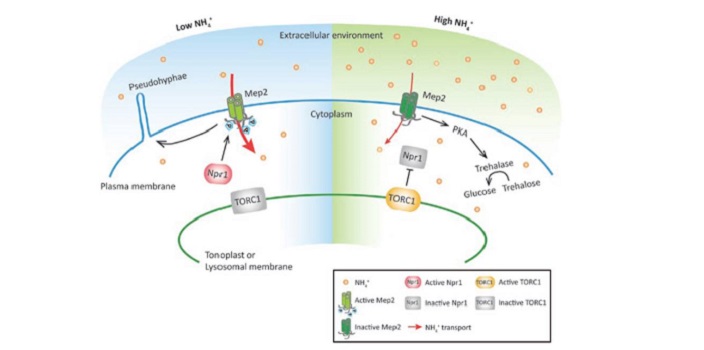
Review: Ammonium as a signal for physiological and morphological responses ($)
Plant Science Research Weekly, ResearchAmmonium is one of the major forms in which nitrogen is assimilated. Besides being a nutrient, it also acts as signal that affects gene expression and root system architecture. Some ammonium-induced genes are also induced by low pH (ammonium acidifies the apoplast), whereas others are specifically induced…
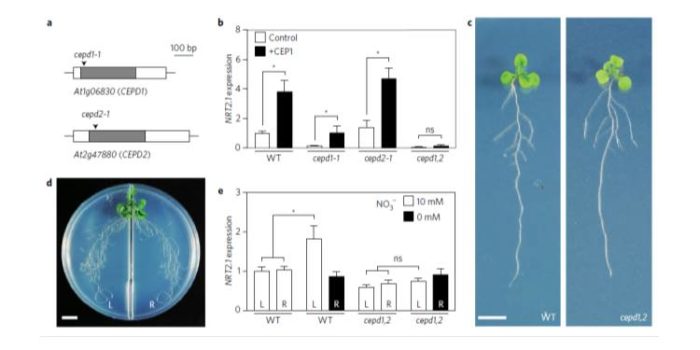
Shoot-to-root mobile polypeptides involved in systemic regulation of nitrogen acquisition ($)
Plant Science Research Weekly, ResearchTo balance nutrient uptake (usually from heterogeneous sources) with nutrient demand, plants use a root-shoot-root signaling pathway. Previously, a root-to-shoot mobile peptide C-TERMINALLY ENCODED PEPTIDE (CEP) was shown to translocate from N-starved roots to the shoot, where it interacts with a leucine-rich…

Threonine Phosphorylation Regulates Polar Localization of the Boric Acid Transporter NIP5;1 in Root Cells
Research, The Plant Cell: In BriefIN BRIEF by Gregory Bertoni [email protected]
Proper localization of proteins in the plasma membrane is critical for proper functioning of plant cells, but the underlying mechanisms are poorly understood (Łangowski et al, 2016). This is especially true for transporter proteins that move necessary…
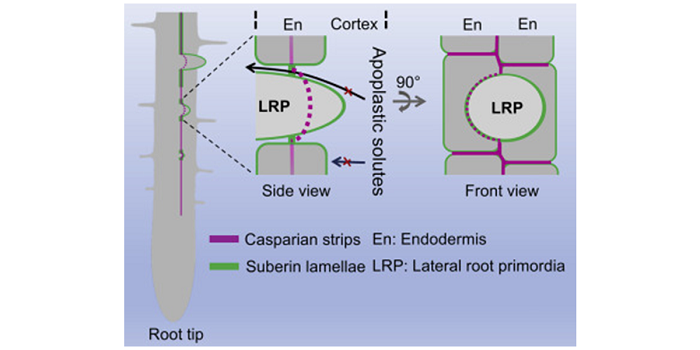
Role of LOTR1 in Nutrient Transport ($)
Plant Science Research Weekly, ResearchCasparian strips, named after the German botanist Robert Caspary who discovered them, are a cellular feature found in the roots of all higher plants. They are ring-like lignin polymers deposited in the middle of anticlinal cell walls (parallel to the root radius) between endodermal cells. Along with…
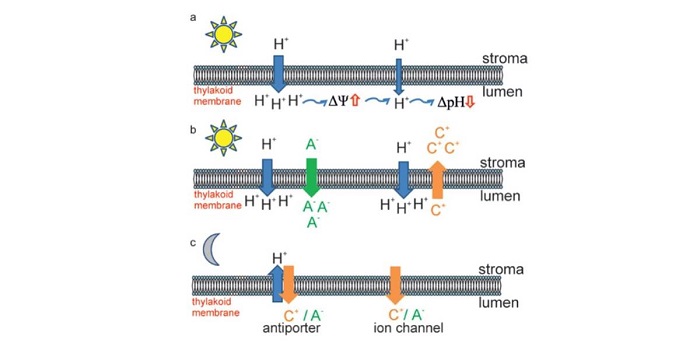
Review: Impact of the ion transportome of chloroplasts on the optimization of photosynthesis ($)
Plant Science Research Weekly, ResearchIn photosynthesis, light energy generates proton motive force (pmf) across the thylakoid membrane. The establishment and maintenance of pmf involves numerous membrane transporters as well as other ions. Szabò and Septea review how various ions (including K+, Na+, Fe2+, Cu+, Mn2+, Ca2+, Cl–) contribute…
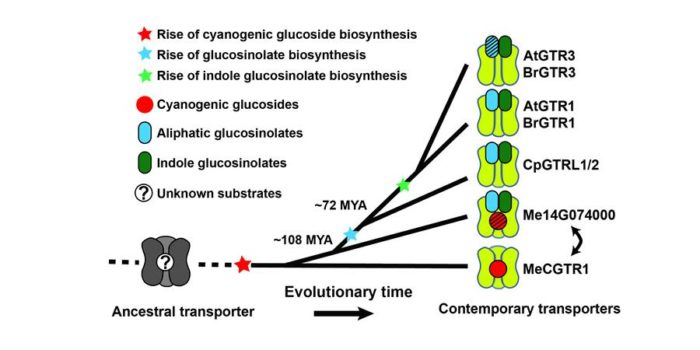
Origin and evolution of transporter substrate specificity within the NPF family
Plant Science Research Weekly, ResearchWhich arose first during evolution- a metabolite molecule or a transporter that could move it across a membrane? Jørgensen et al. studied transporters for glucosinolate defense molecules in Brassicales species. Glucosinolates are derived from the broad class of cyanogenic glucosides, and glucosinolates…

Heteroblastic Development of Transfer Cells: A Role for MicroRNA
Plant Physiology, Plant Physiology: On The Inside, ResearchTransfer cells (TCs) play critical roles in membrane transport of solutes at various sites within plants and between plants and their environment. This transport capacity is conferred by inward wall protuberances that extend into the cell lumen. These ingrowths function to enhance the area of surrounding…

